Abstract
In biomedical ontologies, structural and functional considerations are of outstanding importance, and concepts which belong to these two categories are highly interdependent. At the representational level both axes must be clearly kept separate in order to support disciplined ontology engineering. Furthermore, the biaxial organization of physical structure (both by a taxonomic and partonomic order) entails intricate patterns of inference. We here propose a layered encoding of taxonomic, partonomic and functional aspects of biomedical concepts using description logics.
Full text
PDF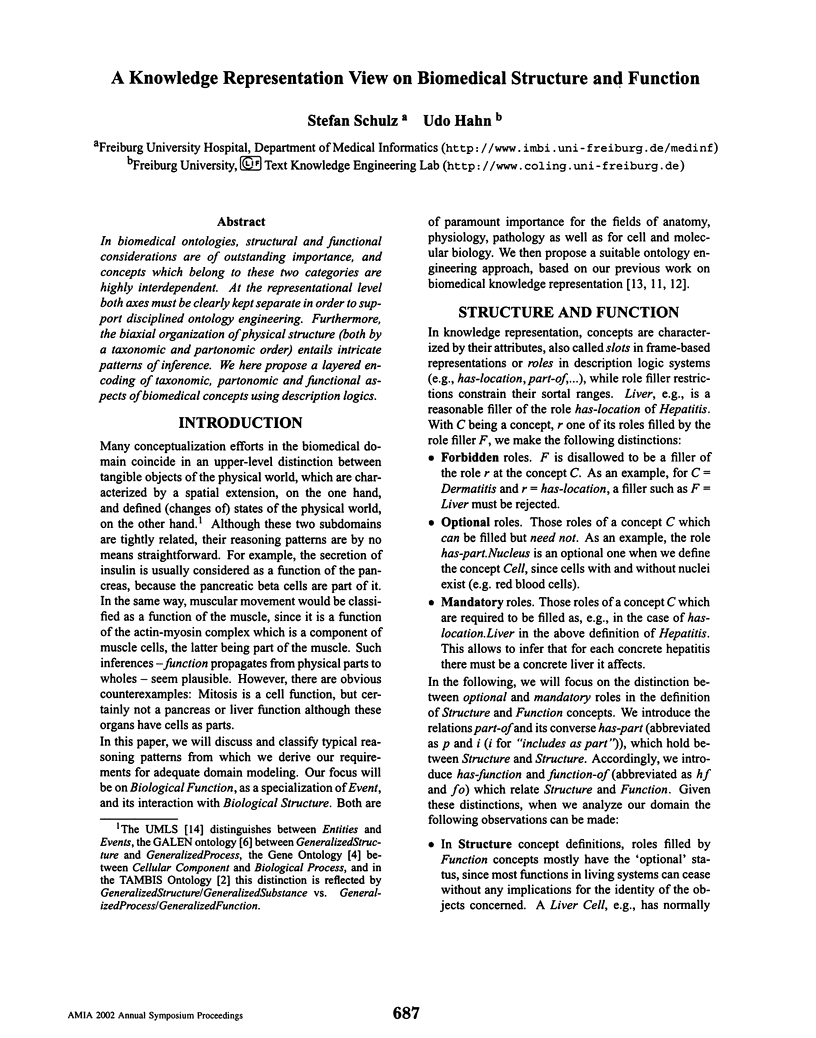
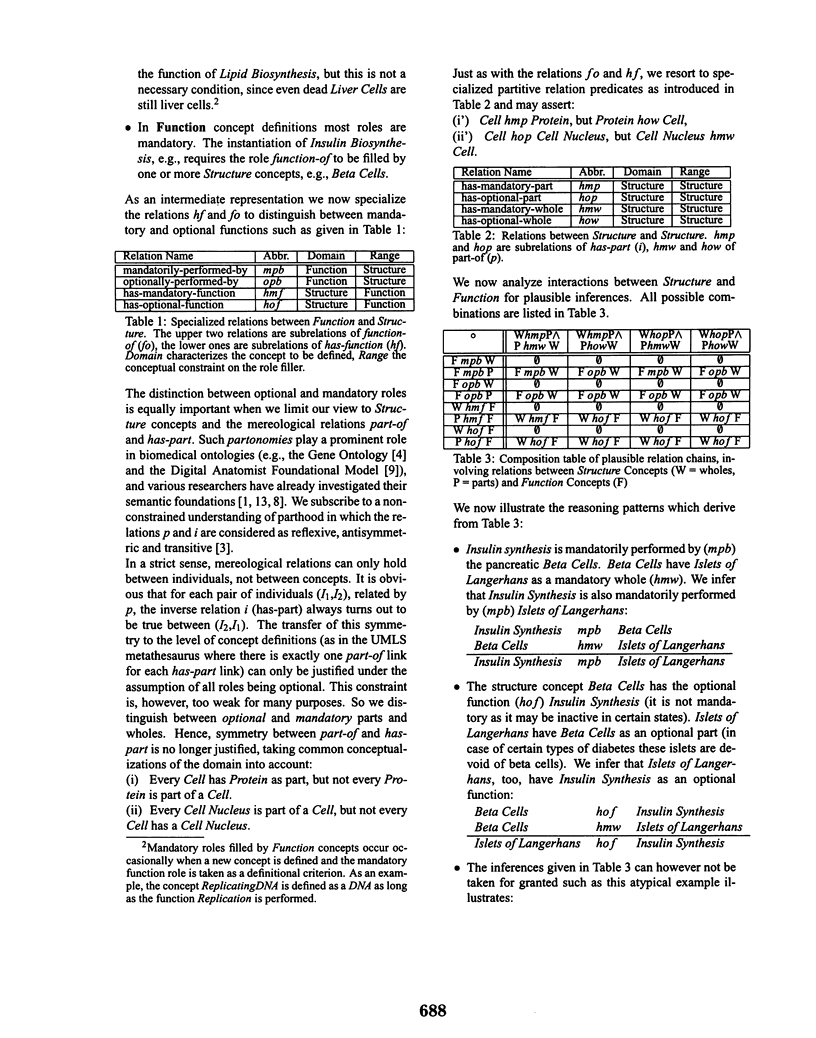
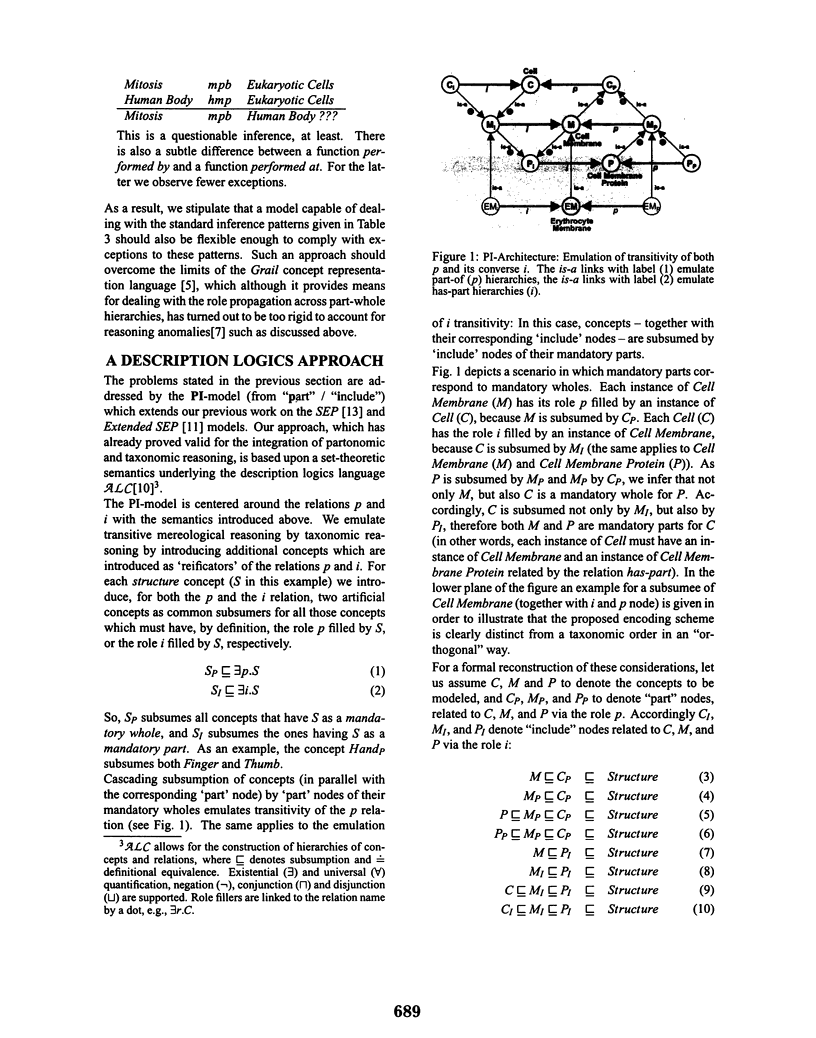
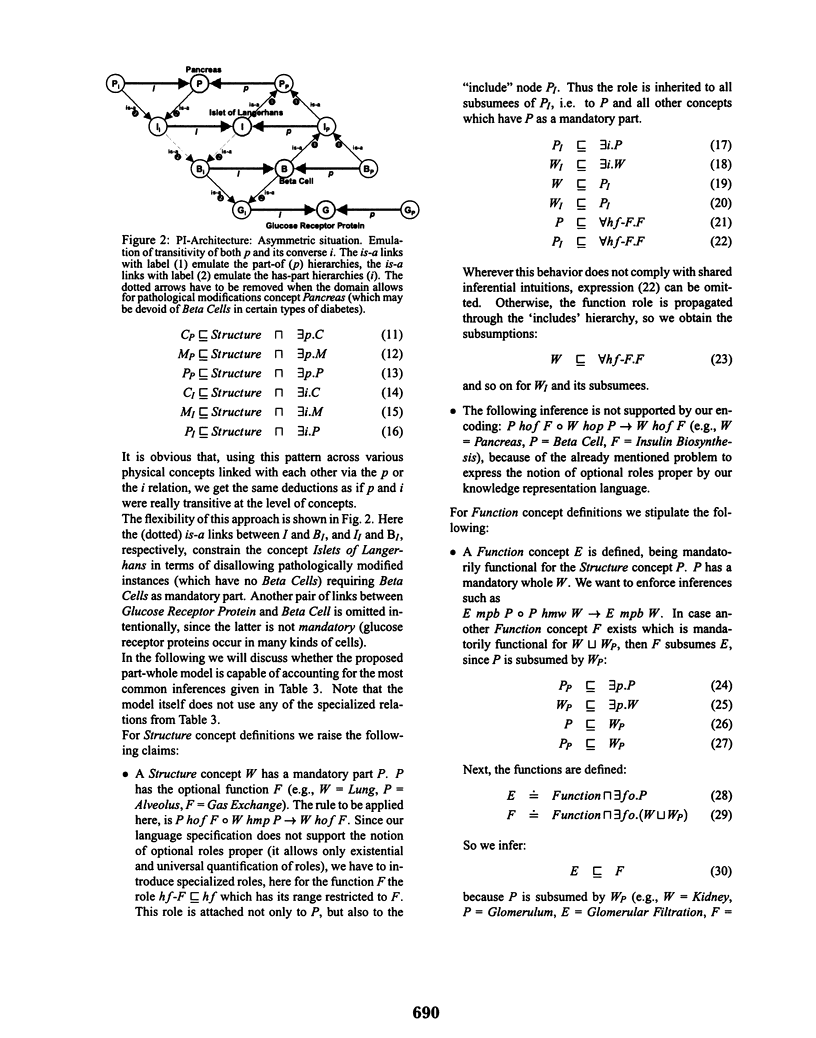
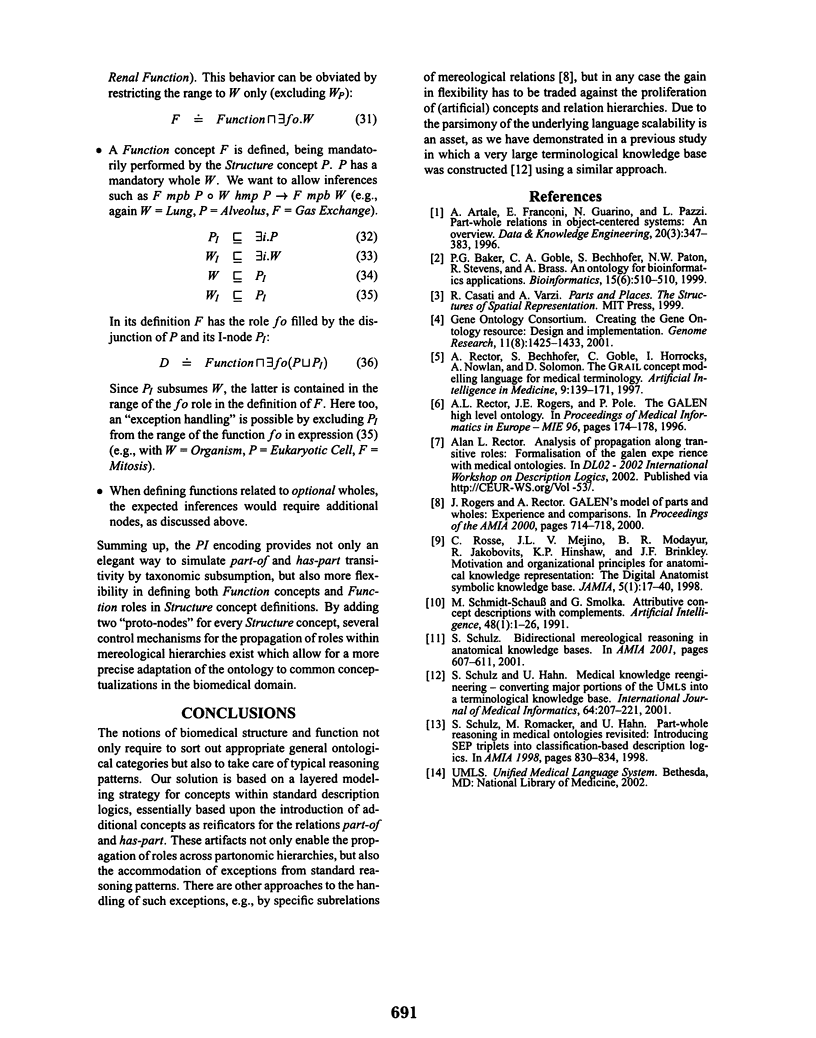
Selected References
These references are in PubMed. This may not be the complete list of references from this article.
- Baker P. G., Goble C. A., Bechhofer S., Paton N. W., Stevens R., Brass A. An ontology for bioinformatics applications. Bioinformatics. 1999 Jun;15(6):510–520. doi: 10.1093/bioinformatics/15.6.510. [DOI] [PubMed] [Google Scholar]
- Gene Ontology Consortium Creating the gene ontology resource: design and implementation. Genome Res. 2001 Aug;11(8):1425–1433. doi: 10.1101/gr.180801. [DOI] [PMC free article] [PubMed] [Google Scholar]
- Rector A. L., Bechhofer S., Goble C. A., Horrocks I., Nowlan W. A., Solomon W. D. The GRAIL concept modelling language for medical terminology. Artif Intell Med. 1997 Feb;9(2):139–171. doi: 10.1016/s0933-3657(96)00369-7. [DOI] [PubMed] [Google Scholar]
- Rogers J., Rector A. GALEN's model of parts and wholes: experience and comparisons. Proc AMIA Symp. 2000:714–718. [PMC free article] [PubMed] [Google Scholar]
- Rosse C., Mejino J. L., Modayur B. R., Jakobovits R., Hinshaw K. P., Brinkley J. F. Motivation and organizational principles for anatomical knowledge representation: the digital anatomist symbolic knowledge base. J Am Med Inform Assoc. 1998 Jan-Feb;5(1):17–40. doi: 10.1136/jamia.1998.0050017. [DOI] [PMC free article] [PubMed] [Google Scholar]
- Schulz S. Bidirectional mereological reasoning in anatomical knowledge bases. Proc AMIA Symp. 2001:607–611. [PMC free article] [PubMed] [Google Scholar]
- Schulz S., Hahn U. Medical knowledge reengineering--converting major portions of the UMLS into a terminological knowledge base. Int J Med Inform. 2001 Dec;64(2-3):207–221. doi: 10.1016/s1386-5056(01)00201-5. [DOI] [PubMed] [Google Scholar]
- Schulz S., Romacker M., Hahn U. Part-whole reasoning in medical ontologies revisited--introducing SEP triplets into classification-based description logics. Proc AMIA Symp. 1998:830–834. [PMC free article] [PubMed] [Google Scholar]


